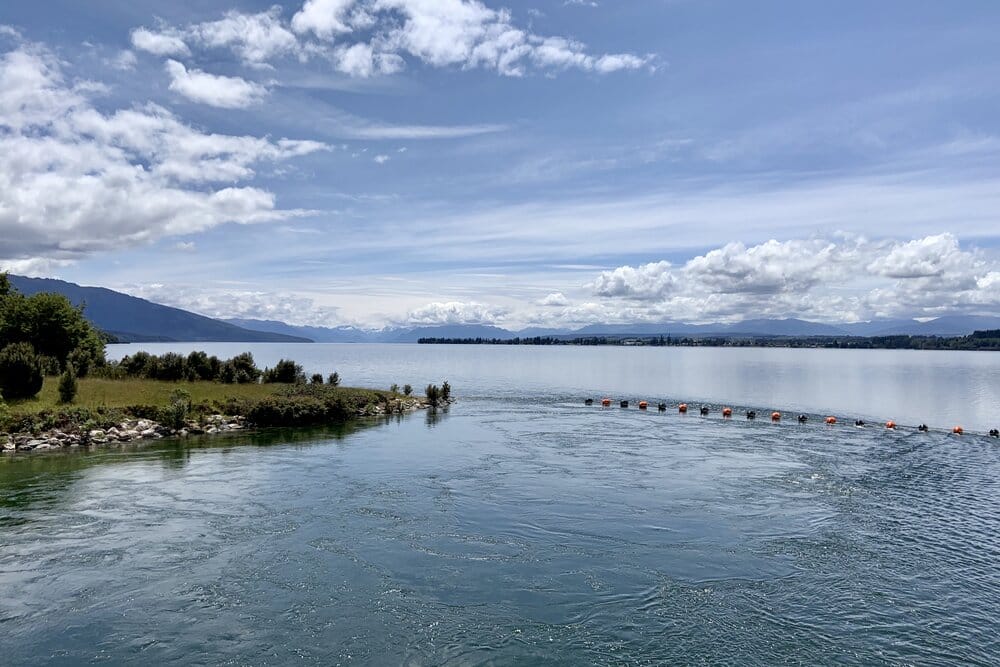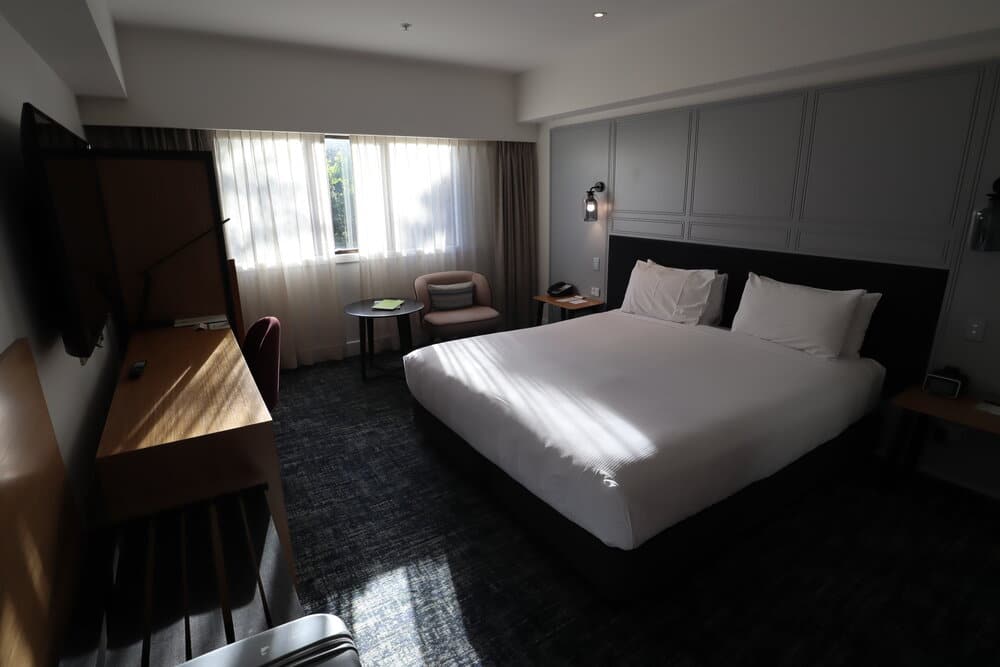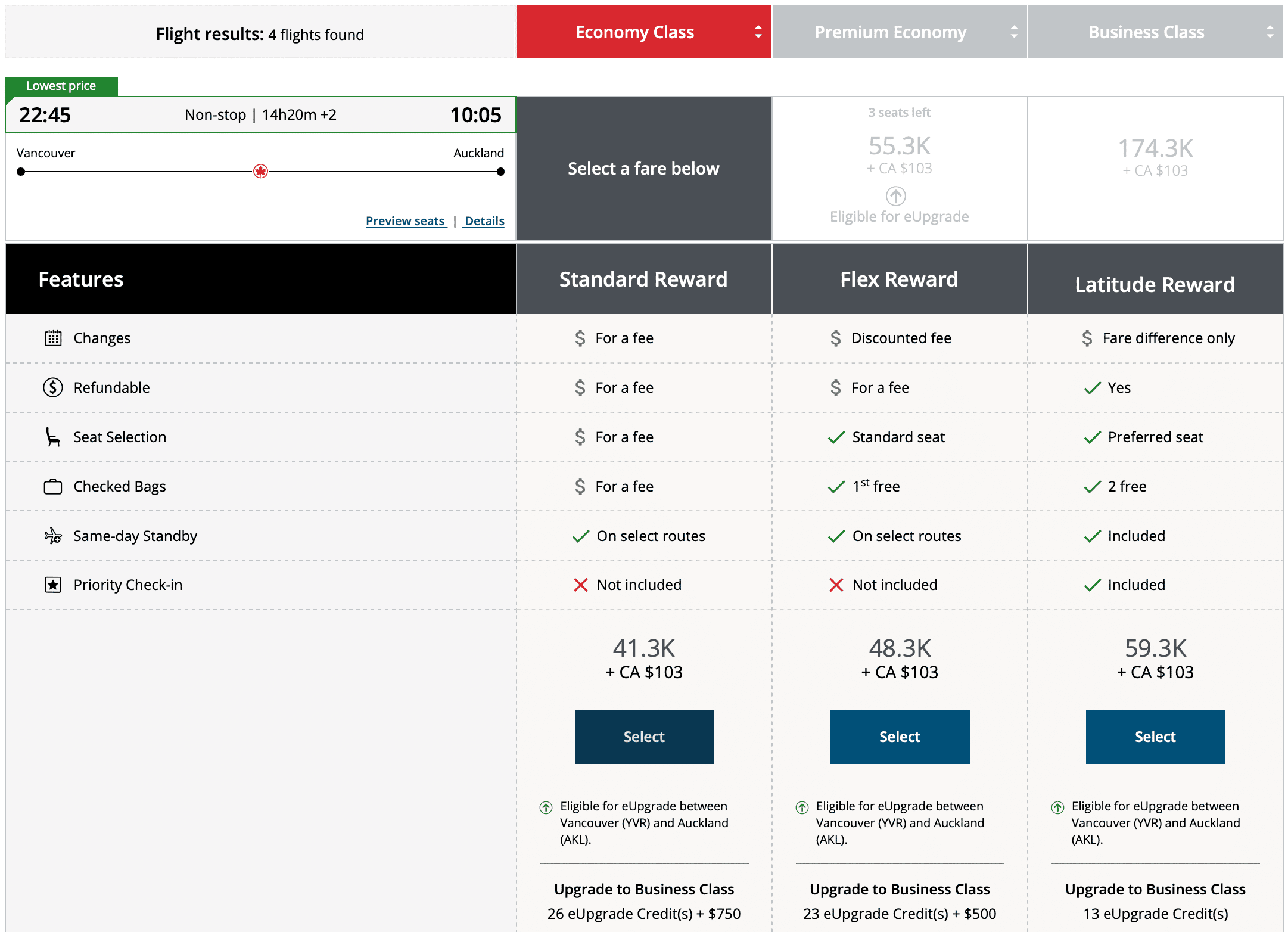If you asked anyone which country would open to visitors later than anyone else, there’s a good chance they would have guessed New Zealand – a country known to have taken one of the strictest approaches to COVID-19 around the world.
Amidst raging COVID-19 rates around the country, New Zealand has drastically changed their strategy and will actually be reopening to international travellers on May 2, 2022 without quarantine.
New Zealand Travel Restrictions
New Zealand has amended their five-step opening plan, beginning with accepting working holiday visas a few days from now on March 14, 2022.
Then, on April 13, 2022, temporary work and student visa holder, along with Australian passport holders and permanent residents, will be eligible to enter quarantine-free.
Step four is where things get interesting, as May 2, 2022 marks the day that New Zealand will be accepting all travellers from visa-free countries and those holding valid visitor visas. This includes a majority of countries around the world, Canada amongst them.

How Can Canadians Enter New Zealand?
Travellers are allowed to enter New Zealand by air.
Travellers coming from Canada must be fully vaccinated order to enter New Zealand. Currently, the following vaccines are recognized:
- Bharat Biotech (Covaxin)
- Janssen (Johnson & Johnson – only one dose required)
- Comirnaty (Pfizer)
- Spikevax (Moderna)
- Novavax
- Vaxzevria (AstraZeneca)
- Sinovac Coronavac
- Bharat Biotech Covaxin
- Sinopharm
- Sinovac
If you have had a complete or partial course of a different vaccine, you can still enter if you get an additional shot of either Pfizer, AstraZeneca, Moderna, or Janssen.
Children under 16 are exempt from the vaccination requirement if their parents or guardians are fully vaccinated. There’s no minimum time period before your final dose and your date of entry, and mixed doses are accepted.
In addition, New Zealand currently requires a negative COVID-19 test for entry. Either of the following two options are permissible:
- A negative PCR test administered within 48 hours of the first international flight to New Zealand
- A negative rapid antigen test or LAMP test administered within 24 hours before the first international flight to New Zealand
Besides that, there are no other restrictions, such as what country travellers live in or where they’ve spent the last 14 days.
If you receive a positive test result, but it’s from a previous infection, you can see a medical practitioner and ask them to provide a document stating that you are no longer infectious with COVID-19.
You may enter with that documentation, as well as your positive test from within 48 hours of the first international flight to New Zealand.
Interestingly, New Zealand makes an exception if your test results are not returned in time, as they permit you to reschedule your flight to within 24 hours of your original departure, even if this takes your test beyond 48 hours of your first international flight.

Testing & Quarantine Upon Return
As of April 1, 2022, a negative test is no longer required prior to travelling back to Canada.
If you need to find a test in New Zealand, you will likely have to wait a bit longer for definitive information.
COVID-19 tests in New Zealand are free for residents. Since tourists have not been permitted since March 2020, there is currently very little information available about where to get a COVID-19 test for tourists.
The New Zealand website states that you should reach out to your primary care provider to book and pay for a test for travel, but obviously, that doesn’t work for tourists.
Like other countries, we expect there to either be a fee to use public health testing, or pricier, private options with guaranteed turnaround times.
Alternatively, consider purchasing a Switch Health RT-LAMP or antigen test kit for an easy remote testing option via telehealth video link.

Current Health Requirements in New Zealand
Health requirements in New Zealand have become more lax in recent months, as the country’s vaccination rate reaches 95% of the eligible population.
Rules differ between states, but most of them have the same general requirements regarding social distancing, mask use, and vaccination requirements.
New Zealand follows a traffic light system for managing COVID-19, ranging from red to orange to green.
The capital of Auckland is currently “red”, meaning that the vast majority of public facilities including tourist attractions are open, albeit with capacity restrictions. Gatherings are limited to 100 people if everyone is fully vaccinated, and 25 otherwise.
Restaurants and bars are open for indoor dining with a vaccination requirement, and can house up to 100 people. Face masks are mandatory. Shops, supermarkets, and retail outlets are open with only a mask requirement, but businesses can choose to have a vaccination requirement.
Public galleries, museums, zoos, and recreation centres are open with a varying capacity limit based on size and a one metre physical distancing requirement. As usual, face masks will be required.
The vast majority of the country, however, is at “orange”. You can think of this as life at normal with everything open and no capacity restrictions – complete with vaccination and masking requirements if indoors. Retail and public facilities, including museums and zoos, are subject to a one-metre distancing requirement.
New Zealand accepts My Vaccine Pass as proof of vaccination, and details for how tourists can register should be available shortly.
Regarding travel around the country, there are no restrictions. Public transport, taxis, and ride-sharing services can operate in full, with no physical distancing or capacity restrictions. That being said, face masks are mandatory on all transportation.
We’d expect New Zealand’s health requirements to have loosened further by the time international travellers are allowed to enter on May 2, 2022.
How to Get to New Zealand
With Aeroplan, a transpacific routing to New Zealand will cost 85,000 points one-way in business class, or higher depending on Air Canada’s dynamic pricing model.
Routing through the Middle East or East Asia will cost 105,000 points one-way in business class.
In both cases, though, given the fact that the world’s airlines have limited their service to New Zealand for almost two years, it may take some time before schedules are restored and award availability is feasible to find again.
Air New Zealand is operating from Auckland to Vancouver all year round, but availability was notoriously rare even pre-pandemic. Currently, Air Canada operates the same route from December to February, but that could ramp up with New Zealand’s recent announcement.
Using the “Latitude Attitude” to apply 13 eUpgrade credits into Air Canada business class is likely the best way to reach New Zealand for the time being, with reasonably priced Economy Latitude flights and plenty of eUpgrade space.

Alaska Mileage Plan charges only 70,000 miles for a one-way journey in Qantas First Class, 60,000 miles for a one-way Cathay Pacific business class, and 80,000 miles for a one-way Cathay Pacific First Class flight en route to New Zealand; however, award availability in all cases is very limited.
Finding premium award space to anywhere in Oceania is a rare feat, so jump on anything you see that works for you.
Given the recency of New Zealand’s announcement, we’d expect more airlines to either announce new routes or resume previously suspended routes in the coming weeks and months, hopefully offering more routing options as a result.
Conclusion
2022 has proven to be the year in terms of the world opening up again, but New Zealand might just be the most surprising of them all so far.
New Zealand, like many countries around the world, is moving towards “living with COVID-19” and therefore opening to the rest of the world, beginning with Australia in April and then visa-free countries early May.
Despite Auckland being in the “red” zone and most of the country being marked “orange”, all tourist sites and restaurants are open. Furthermore, New Zealand is best known for their great outdoors, so a road trip through South Island is surely in order.
COVID-19 restrictions in New Zealand have loosened significantly outside of mask and vaccination requirements, and are similar to our own restrictions here in Canada.
As always, you can refer to our Travel During COVID-19 Resource for Canadians for the most up-to-date information on travelling in the pandemic era.















I’m seeing New Zealand flights at around 225k Aeroplan for business class. Why so inflated?